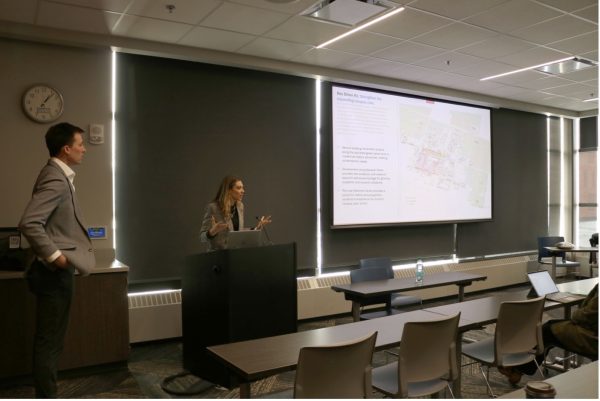SDSU appoints new diversity director
July 3, 2011
Jaime Nolan-Andrino has been appointed director of diversity at SDSU effective July 15.
President David Chicoine cited Nolan-Andrino’s breadth of previous work in his announcement to university staff.
“Our new diversity director brings 18 years of experience working with students from many populations, collaborating with faculty and department heads on programming matters and curriculum development, and serving on university committees,” Chicoine said. “Our search committee reviewed the files of several good candidates, and the process yielded a dynamic director for an important position.”
Nolan-Andrino comes to SDSU from the University of Massachusetts in Lowell, Mass., where she directed the office of multicultural affairs. Prior to that, she served as associate dean for diversity at Colgate University and directed the operation of ALANA (African, Latin, Asian, Native American) Cultural Center on the Hamilton, N.Y., campus. While at Colgate, she developed “Breaking Bread,” a diversity initiative that has since been implemented at other colleges and universities.
Before she moved east, she spent nine years in various positions at the University of Minnesota in Minneapolis, seven of those as special assistant to the vice president for multicultural affairs. She also taught as an adjunct instructor at three universities and earned her bachelor’s and master’s degrees in American studies from Washington State University.
The SDSU diversity director reports to the university president. In her role, Nolan-Andrino will provide technical assistance, coaching and consultation to students, faculty and other groups to develop, implement and assess progress toward the university’s strategic goal to be an inclusive, welcoming environment for all.
Diversity programs at SDSU have reached Native American writers and performers, Native American high school students, first-generation college students, members of the Black Student Alliance, service-learning participants and English as a second language populations.





















